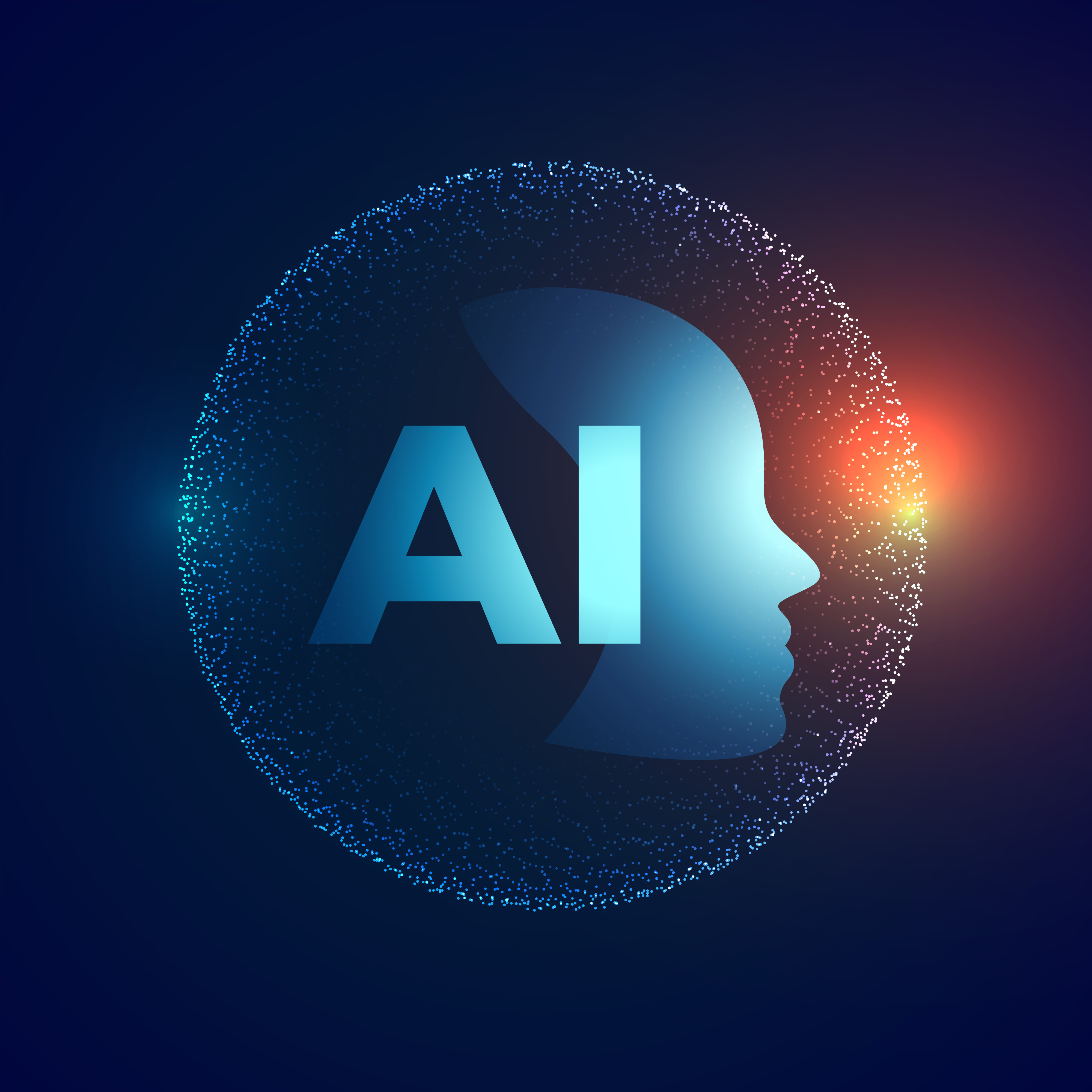
Demystifying Artificial Intelligence: A Beginner's Guide
Demystifying Artificial Intelligence: A Beginner's Guide
Artificial Intelligence (AI) is a transformative technology that has the potential to revolutionize industries, improve efficiency, and enhance human experiences. Despite its widespread impact, AI is often misunderstood and seen as a complex field accessible only to experts. This beginner's guide aims to demystify AI, providing a clear understanding of its concepts, applications, and implications.
Understanding Artificial Intelligence
At its core, AI refers to the ability of machines or systems to mimic human intelligence and perform tasks that typically require human cognitive abilities, such as learning, reasoning, problem-solving, and decision-making. AI algorithms enable machines to analyze data, recognize patterns, make predictions, and adapt to changing environments, leading to intelligent behaviors and actions.
Types of Artificial Intelligence
AI can be categorized into several types based on its capabilities and functionalities:
1. Narrow AI (Weak AI): This type of AI is designed to perform specific tasks or functions within a limited domain. Examples include virtual assistants like Siri and Alexa, recommendation systems, and image recognition algorithms.
2. General AI (Strong AI): General AI refers to machines or systems that possess human-like intelligence and can perform a wide range of tasks across different domains. While true general AI remains a theoretical concept, researchers and developers are working towards creating more advanced AI systems capable of generalized intelligence.
3. Machine Learning (ML): Machine learning is a subset of AI that focuses on developing algorithms and models that can learn from data and improve their performance over time without being explicitly programmed. ML techniques include supervised learning, unsupervised learning, and reinforcement learning.
4. Deep Learning: Deep learning is a subset of ML that uses neural networks with multiple layers (deep neural networks) to process and analyze large volumes of complex data. Deep learning has achieved remarkable success in areas such as image recognition, natural language processing (NLP), and speech recognition.
Applications of Artificial Intelligence
AI technologies are being applied across various industries and domains, transforming processes, enhancing capabilities, and driving innovation. Some common applications of AI include:
1. Healthcare: AI is used in medical imaging analysis, disease diagnosis, drug discovery, personalized medicine, and patient care management, improving accuracy, efficiency, and outcomes in healthcare.
2. Finance: In the financial sector, AI is utilized for fraud detection, risk assessment, algorithmic trading, customer service automation, and personalized financial recommendations, optimizing decision-making and customer experiences.
3. E-commerce: AI powers recommendation engines, personalized marketing campaigns, chatbots for customer support, supply chain optimization, and demand forecasting in e-commerce platforms, enhancing user engagement and driving sales.
4. Transportation: AI technologies are integrated into autonomous vehicles, traffic management systems, route optimization algorithms, predictive maintenance for vehicles, and logistics planning, leading to safer, more efficient, and sustainable transportation solutions.
5. Education: AI is used for personalized learning platforms, adaptive learning algorithms, intelligent tutoring systems, educational content generation, and student performance analytics, enhancing learning experiences and outcomes.
Challenges and Ethical Considerations
While AI offers immense potential and benefits, it also presents challenges and ethical considerations that need to be addressed:
1. Data Privacy: AI systems rely on large volumes of data, raising concerns about data privacy, security, and protection of sensitive information.
2. Bias and Fairness: AI algorithms can exhibit biases based on the data they are trained on, leading to unfair outcomes or discrimination. Ensuring fairness, transparency, and accountability in AI decision-making is crucial.
3. Job Displacement: The automation of tasks and jobs by AI technologies may lead to job displacement and workforce changes, requiring strategies for reskilling, upskilling, and workforce adaptation.
4. Ethical AI: Developing and deploying AI systems ethically involves considering ethical principles, values, and societal impacts, as well as addressing issues such as algorithmic transparency, accountability, and bias mitigation.
Conclusion
Artificial Intelligence is a powerful and transformative technology that is reshaping industries, driving innovation, and unlocking new possibilities. This beginner's guide provides a foundational understanding of AI concepts, types, applications, challenges, and ethical considerations, empowering readers to navigate the AI landscape with knowledge and awareness. As AI continues to evolve and advance, it is essential to approach its development, deployment, and governance responsibly and ethically to harness its full potential for the benefit of society.

Leave a Reply
Your email address will not be published. Required fields are marked *